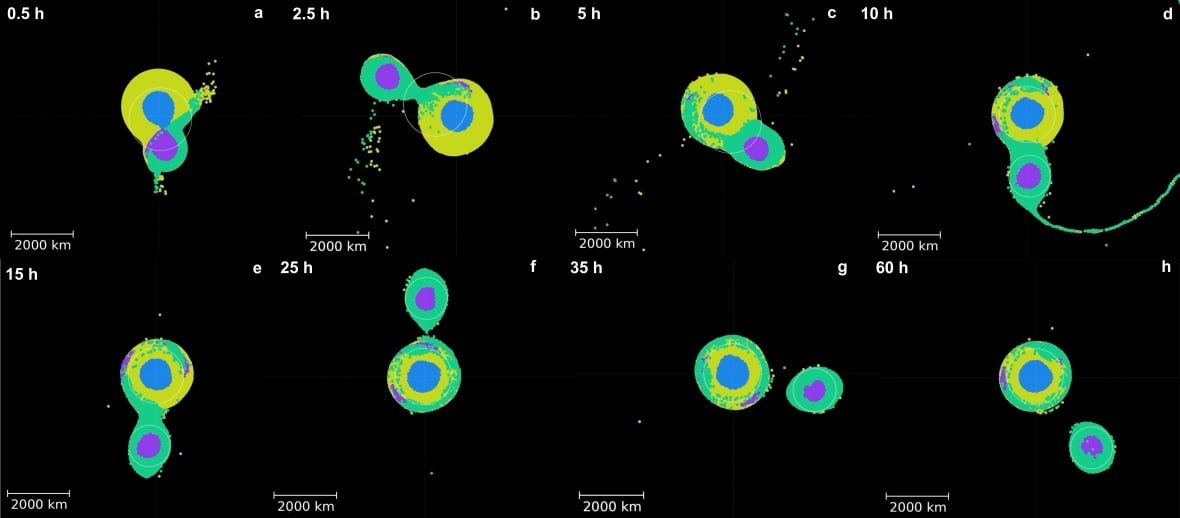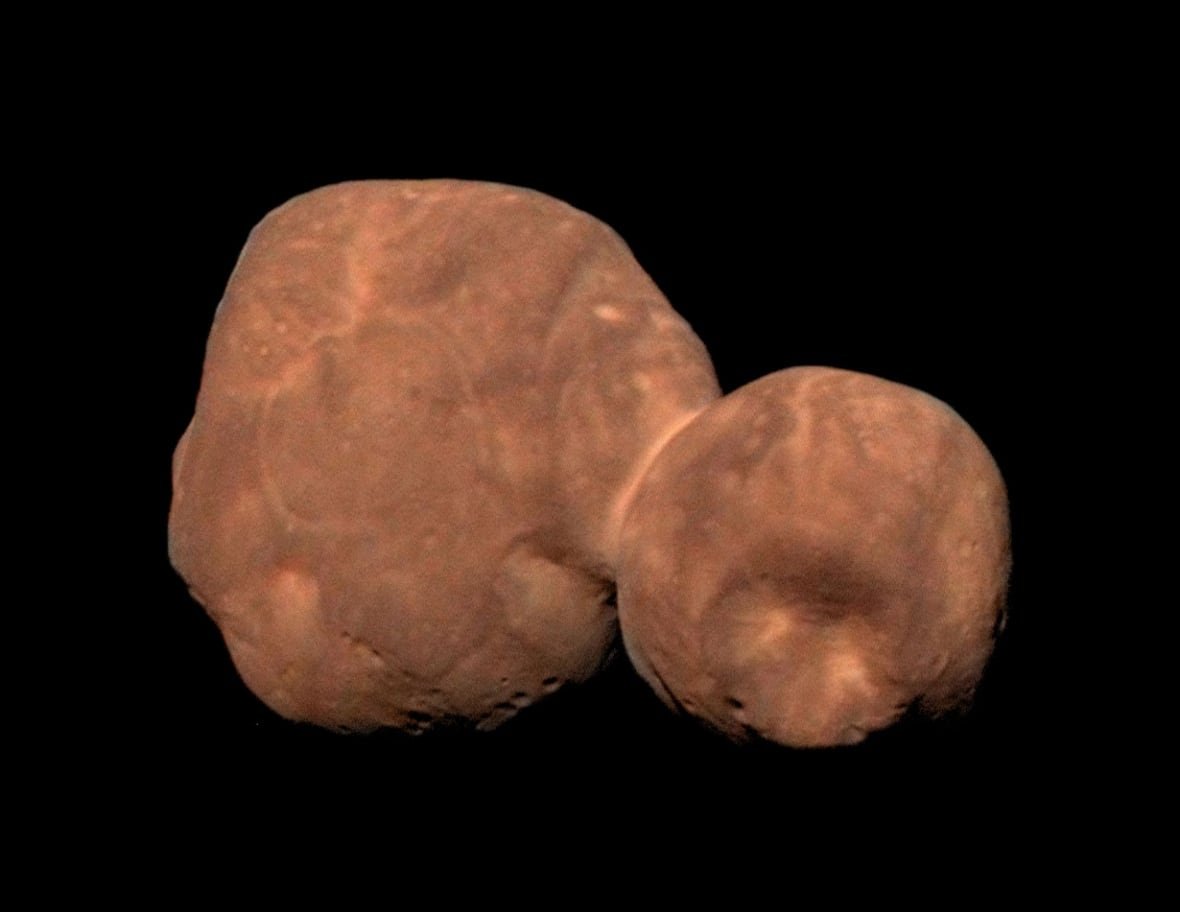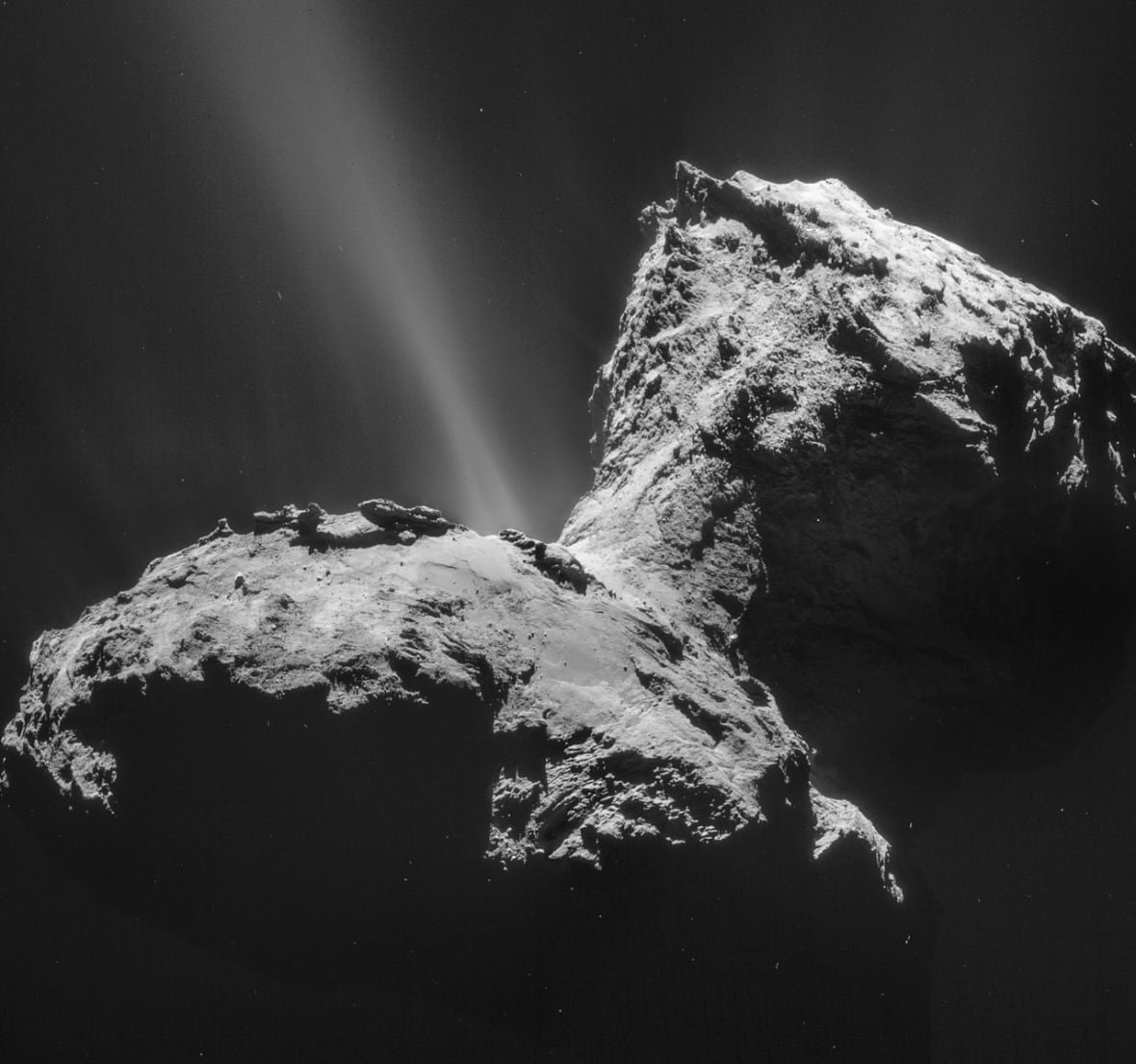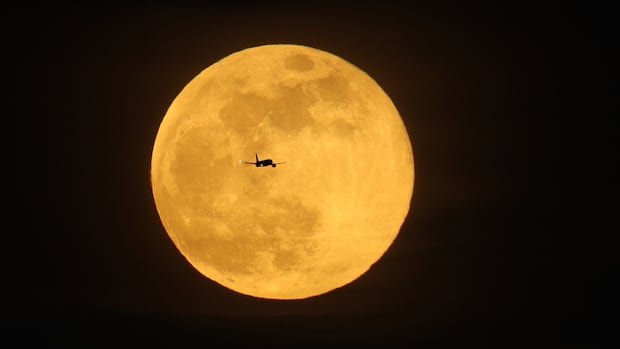Dwarf planet Pluto and our Earth are the only two worlds in our solar system with very large moons. These may have come about by a “kiss and capture” process, which preserves a moon’s large size.
One of the mysteries in our solar system is why our moon is so large compared to our planet. At 3,476 kilometres in diameter, our moon is about one quarter the width of the Earth.
Most of the other moons in our solar system are a tiny fraction the size of their parent planets. Most of the these relatively small moons were likely asteroids gravitationally captured by the planets they now orbit around. Whereas our solar system’s oldest moons, such as the inner moons of Jupiter and Saturn, likely formed during the emergence of our solar system from the disk of gas and dust that rotated around the early sun.
The only other exception is dwarf planet Pluto, which itself is small at 2,250 kilometres across, but has a moon, Charon, that is half its size.

This large planet to moon ratio is sometimes referred to as a double-planet system rather than planet and moon because both objects are orbiting each other rather than a small moon going around a big planet.
So how did Earth and Pluto get such large moons?
Normally, planets like Mars, Jupiter and Saturn acquire moons by gravitationally capturing them, a process that wouldn’t happen with larger moons.
Scientists at the Southwest Research Institute in Texas who study the Pluto-Charon system have come up with a model that could solve the mystery. Their research was published this month in the journal Nature Geoscience.
Both Pluto and Charon began as independent objects in the Kuiper Belt, a band of icy objects that surrounds our solar system out beyond the orbit of Neptune.

The new research suggests that, at some point, they approached each other at relatively low speeds, made contact and stuck together in a cosmic kiss, becoming a double-lobed body resembling a dumbbell.
Over time, they separated again but remained in orbit around each other, captured by their mutual gravity.
This relatively gentle kiss and capture process allows both objects to retain their original size.

The Earth’s moon is believed to have formed from a similar process, the researchers explained in a written statement, but it was more like a slap in the face rather than a kiss.
Billions of years ago, a Mars-sized object named Theia slammed into Earth in a violent collision that destroyed most of Theia and sheared off part of the Earth’s surface.
The debris blasted out into space, forming a temporary ring around our planet that eventually coalesced into the moon we know today.
That violent collision would have generated extreme heat, which — along with their relatively large masses — would have initially caused Theia and the early Earth to stretch and deform in a fluid-like manner.
Scientists used to think that’s also how the Pluto and Charon formation process occurred.
It wasn’t until researchers considered the material strength of these icy and rocky bodies that the gentler kiss and capture process became apparent.
Behaving like two icy, rocky bodies instead of two blobs in a lava lamp swirling around each other, also explains why Pluto and Charon retained their structural integrity and didn’t merge into each other before separating again.
This kiss and capture process may be quite common among smaller objects.

In 2019, the New Horizons Probe, which had already provided the first closeup images of Pluto, flew past Arrokoth, another Kuiper Belt object.
Arrokoth has the shape of a snowman, with two large lobes that appear to be stuck together in the kiss part of the process. Whether they will eventually separate and orbit each other is unknown.

When the Rosetta spacecraft encountered comet 67P/Churyumov-Gerasimenko in 2014, it also saw two lobes with a neck between them that may be the result of a soft collision.
Perhaps there is a lot of kissing going on in the outer solar system.
A large moon produces a large gravitational pull on a planet. On Earth we get tides from the influence of the moon.

In Pluto’s case, the impact and subsequent tidal forces after separating from Charon likely generated heat, raising the possibility that a liquid ocean might exist under Pluto’s icy surface. That’s remarkable for a frigid world so far away from the sun.
Of course there is one other benefit to having such a large moon. It provides a romantic setting for more kisses down here on Earth.
Watch: ‘Kiss-and-capture’ formation scenario may explain Pluto-Charon system














